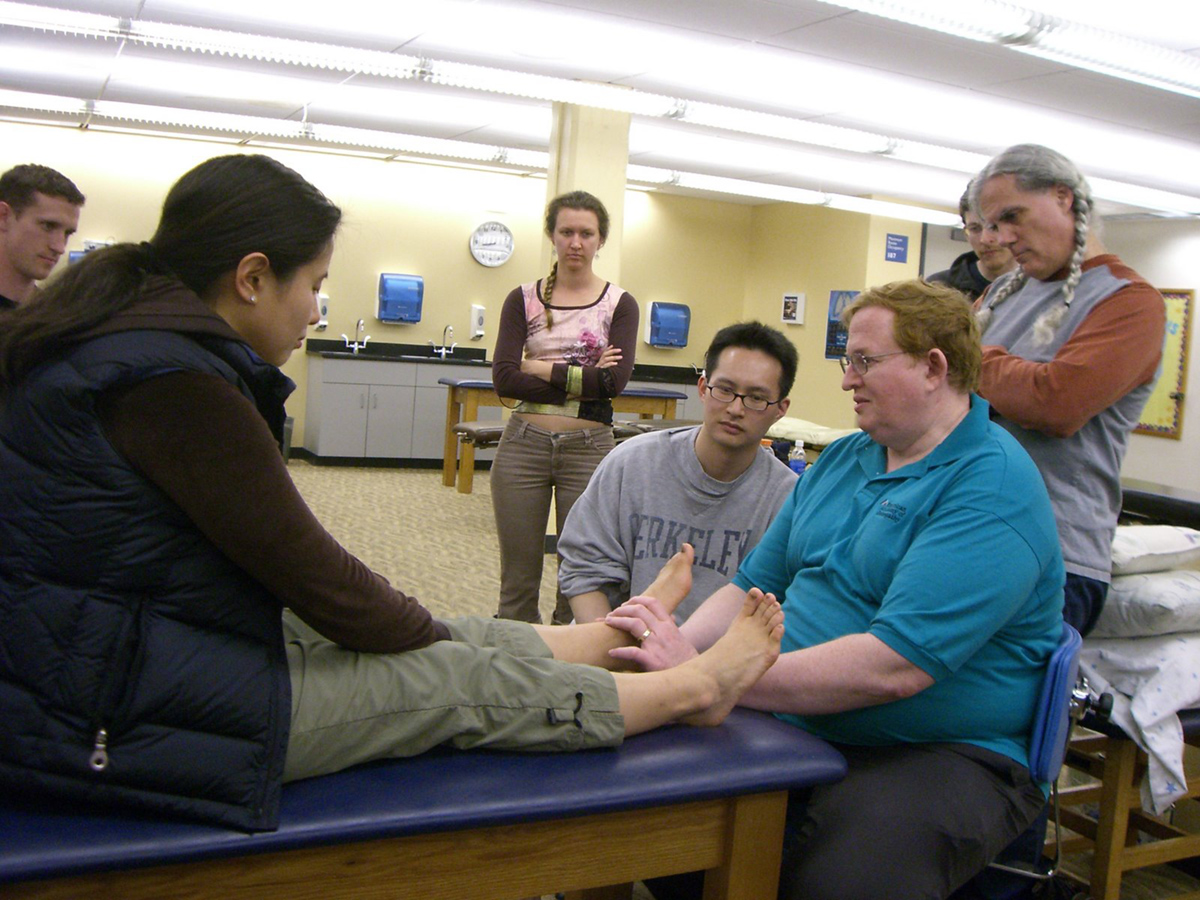
History of Osteopathy and Osteopathic medicine
Osteopathy is actually a system of alternative medical practice and an entire philosophy founded by A.T. Still in 1874. This alternative type of medicine focuses on the relationship between the function of the body and its structure and it also puts a strong emphasis on the body’s ability to heal itself. The osteopathic practitioner needs to facilitate the process described above. This alternative type of medicine even went that far to have its own World Osteopathic Health Organization.
Osteopathic Principles
The philosophy of osteopathy is a specific concept which provides a completely different type of health care. It relies on the unity of the human body’s function and structure so it actually tends to unite its anatomy and physiology. There are four basic principles of osteopathy which are the starting point for the entire approach to medical practice. The first principle is that the human body is an integrated unit of spirit, body and mind. The second principle of osteopathy says that the human body contains certain mechanisms of self regulations which provide it with potent capacities to remodel, repair and defend itself. The principle provides us with the fact that the aforementioned unity of function and structure is interrelated in a reciprocal manner. There is a rational type of therapy included in the fourth principle of osteopathy which is based on the first three principles and it unites them. There are different types of techniques which are commonly utilized in the osteopathic treatment. The basic classification includes four different types of methods and those are active methods, passive method, direct method and indirect method. Active method involves the voluntary performance of a motion directed by an osteopathic practitioner. Passive method of osteopathic treatment requires the patient to refrain from any voluntary types of muscle contractions. Direct method of osteopathic treatment utilizes a restrictive barrier for the correction of Somatic dysfunctions. Indirect method involves the disengagement of the restrictive barrier. One umbrella term is used for the therapeutic application of all manually guided forces applied by an osteopathic physician and that is osteopathic manipulative treatment. Somatic dysfunctions include various alterations of the neural, lymphatic, vascular elements andmyof ascial, arthrodial and skeletal structures inside the human body. Acute cases of Somatic dysfunctions are easily characterized by certain symptoms such as tissue contractions, painful sensations, tenderness, edema and vasodilation, among others. Chronic cases of Somatic dysfunctions are completely different and they are mostly characterized by their own set of symptoms which usually includes tissue contractions, paresthesias, fibrosis, itching and tenderness at the affected areas of the body. There are a large number of manual therapies utilizes by osteopathic practitioners but the most commonly employed techniques include a range of different motion techniques, sports energy techniques, PNF techniques, soft tissue therapy techniques, osteo-articular joint mobilization techniques, myof ascial release techniques, muscle energy techniques, mandibular drainage techniques, inhibitory pressure techniques, high velocity/low amplitude techniques, counterstrain techniques, craniosacral therapy techniques, balanced ligamentous tension release techniques and articulatory techniques. Osteopathic practitioners are known for dealing with a vast array of different sorts of medical conditions, but among the most common ones are pulmonary infections, menstrual pain, middle ear infections in children and asthma in both children and adults. Osteopathic methods of treatment may also be of great help for all those who suffer from various different types of infections and degenerative conditions.
Osteopathy around the World
During the years the osteopathic medical practice has evolve into two distinct branches and those are represented by a full scope of medical practice osteopathic physicians on one side and non-physician manual medicine osteopaths on the other. There are various associations all around the world which represent the osteopathic profession and teach people who to use them properly. One cannot become a licensed or registered osteopathic practitioner anywhere in the United States. In the United States, osteopathic medicine involves becoming a physician which is fully trained in and entitled to the full scope of regular medical practice. There is a college of Osteopathy in Canada which was opened in 1981. Since then, there were six more which followed its example. There are also testing centers and the Canadian Manual Osteopathy Examining Board which deal with the establishment of high standards of excellence when it comes to education and the profession of osteopathy. There is also a long history of the practice of osteopathy in the United Kingdom. It got its first school of osteopathy back in 1917, which was opened in London by a man called John Martin Littlejohn. The UK now has its General Osteopathic Council. The good news is that the courses in osteopathy have been integrated into the university system in the United Kingdom. There are also a large number of recognized associations which deal with osteopathy in Australia, New Zealand, Germany, France, Switzerland, Austria, Spain and several other countries of the European Union.



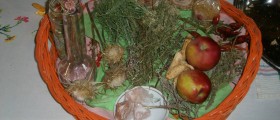


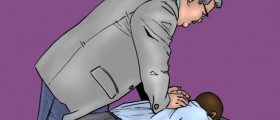



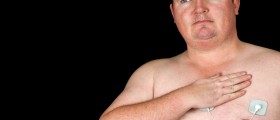

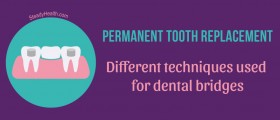
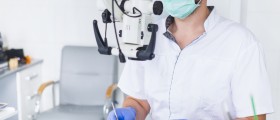
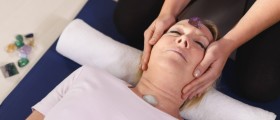
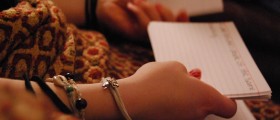

Your thoughts on this
Loading...